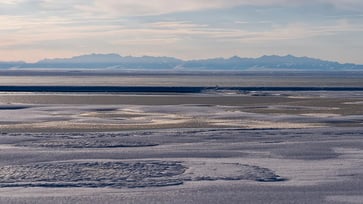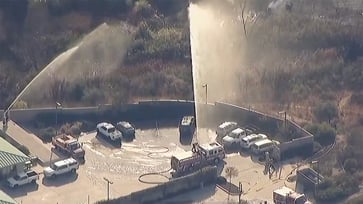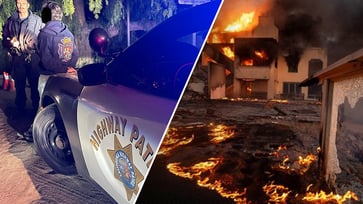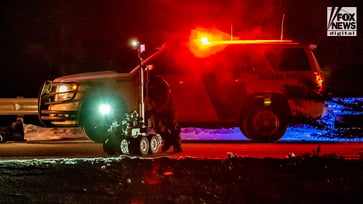As the LA wildfires rage, a water systems expert delivers a public message.
According to Kathryn Sorensen, who spoke to Planet Chronicle, municipal water utility systems are not designed to combat large-scale wildfires.
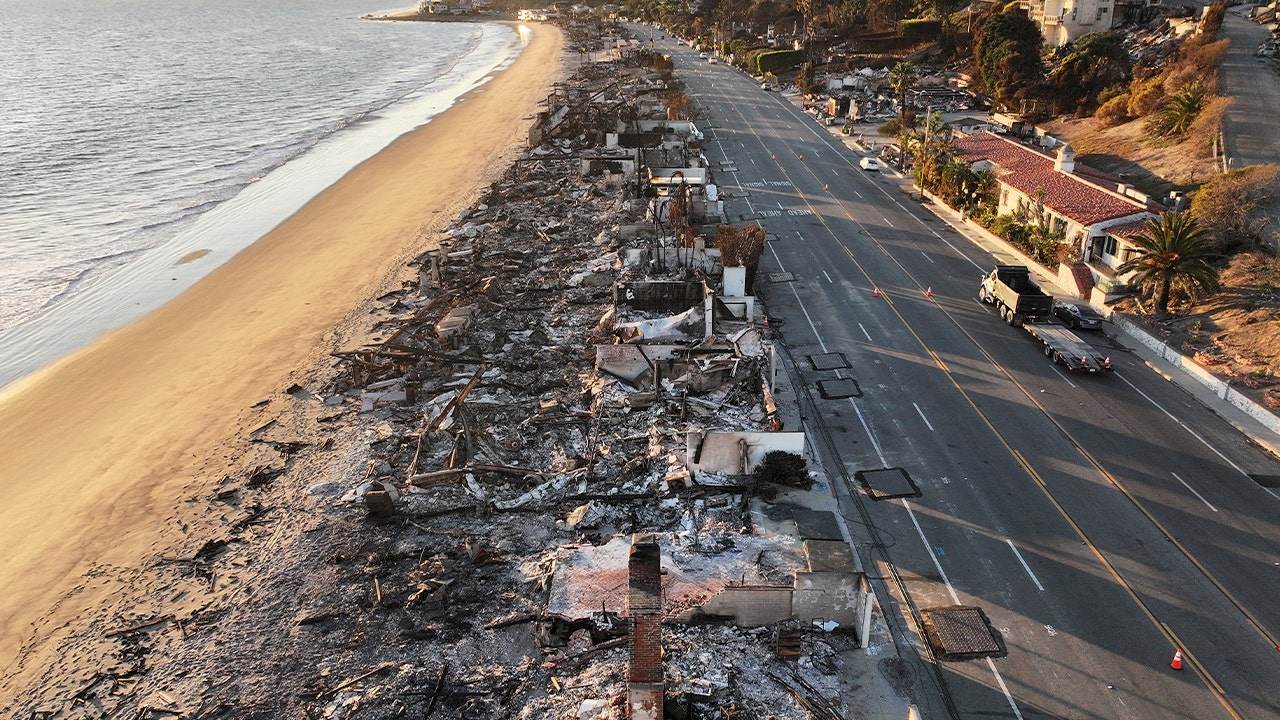
While many members of the public question the cause of the Los Angeles wildfires and if policy missteps hindered firefighting efforts, Kathryn Sorensen, who ran water and wastewater utilities for two major Arizona cities, emphasizes the importance of understanding key facts about our water system.
"According to Sorensen, municipal water utility systems are not equipped to handle large-scale wildfires. They are designed to meet normal operating conditions and fight small, localized structure fires of short duration."
Sorensen acknowledged the need for discussions about the effectiveness of our current water systems and their usage.
"To prepare for a future with higher temperatures and reduced precipitation, we must examine the capacities, priorities, and water movement of reservoirs, and reevaluate their purposes."

The Santa Ynez Reservoir, situated near the Palisades Fire, was discovered to be empty since February 2024 and has become the center of a lawsuit against the Los Angeles Department of Water and Power (LADWP). In the lawsuit, LADWP is accused of delaying repairs for the reservoir to reduce expenses, as reported by Reuters.
LADWP shut down the reservoir to comply with safe drinking water regulations and attributed delays in repairs to the city's competitive bidding process, which takes time. The agency also announced that it would conduct its own investigation.
"The Pacific Palisades water system, constructed by LADWP, exceeded the necessary requirements to meet the community's typical needs, according to a statement by LADWP. In light of climate change and the need for climate resilience, LADWP welcomes a review and update of these codes and requirements if city water systems are to be used in fighting extreme wildfires."

Sorensen expressed doubts that even if the major reservoir at the center of the controversy had been filled, it would have turned the tide. She also believes that the scale of the wildfire was likely to overwhelm the system even with a full Santa Ynez Reservoir.
Sorensen stated that it is possible that if the Santa Ynez Reservoir had been full, it could have provided additional water pressures in the hillside pressure zones, which may have made a difference for one or more structures, homes, or businesses.
According to Sorensen, it is unlikely that the change would have had a significant impact on the entire neighborhood.

The fires on Friday morning had burned over 40,600 acres and destroyed more than 12,300 structures. At least 27 people were confirmed to have been killed, but the number of missing could increase, bringing the total death toll higher.
us
You might also like
- In the Bryan Kohberger case, a judge in Idaho hears a defense motion regarding the murders.
- A fire broke out in Los Angeles County, prompting officials to issue evacuation orders.
- As fears of ICE raids intensify, a bustling Chicago district, often referred to as the "Mexico of the Midwest," has become a ghost town.
- Injured in a shooting at Antioch High School in Tennessee, three people were left in a lockdown.
- A German national who worked at the Pentagon during 9/11 was allegedly killed by a Vermont Border Patrol agent, according to the family.


